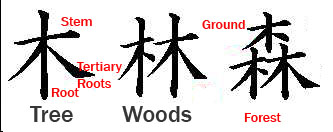Kanji (Chinese characters)
were developed in China in the 14th century B.C. These characters
spread to the neighboring Korean peninsula (Modern- day Korea).
Around the beginning of the third century a man named Wani came
to Japan from the ancient nation of Kudara, which was located across
the Japan Sea on the eastern part of the Korean peninsula. With
him Wani brought volumes of The Analects of Confucius and Senjimon,
a Chinese textbook for studying kanji. This was the first time kanji
were introduced to Japan. However it was not until the 4th and 5th
centuries, when there was a great exchange of trade and voyagers
between Japan and the Korean peninsula, that kanji were really introduced
to Japan.
Pictographs: Few in number,
these characters were made by tracing the image of natural objects. Indicative characters: These characters were designed based on relationships between objects. They involve abstract meanings which are linked to such relationships. Compound ideographs: By combining two or more basic kanji into a single form. With a single sound and meaning, new kanji with complex and abstract meanings were created. Derivative Characters: These are characters whose meaning is derived from a more fundamental kanji. For e.g. the character for "money" also means "gold" and more fundamentally "metal". Substitute Characters: In situations where there was no appropriate kanji to suit an object or a concept, a character with the same pronunciation was substituted with no regard for it's meaning. Kanji are used to express the basic meaning of words, whether they be nouns, verbs, adjectives or adverbs. Hiragana are written
after kanji to modify that basic meaning and make it conform to
Japanese grammatical rules. Katakana are mainly used
to write words that were originally foreign but have been incorporated
into the Japanese language. Mumbai - Lokhandwala Complex, Kandivali (E) , Mumbai - 400101 |
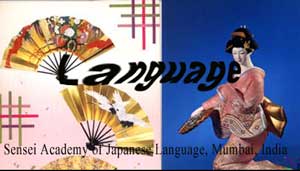
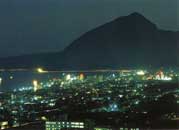
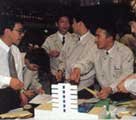
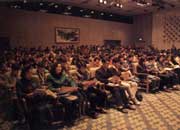
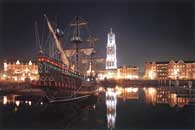
 Kanji: Unlike the A,B,C
alphabet, which consists of phonograms (a character or symbol used
to represent a word, syllable or phoneme), kanji are ideograms (a
picture or symbol used to represent a thing or an idea but not a
particular word or phrase for it.) Each kanji was designed to express
a single idea in the Chinese language. Approximately 1900 years
ago a Chinese scholar named Shushang classified kanji into the following
six categories.
Kanji: Unlike the A,B,C
alphabet, which consists of phonograms (a character or symbol used
to represent a word, syllable or phoneme), kanji are ideograms (a
picture or symbol used to represent a thing or an idea but not a
particular word or phrase for it.) Each kanji was designed to express
a single idea in the Chinese language. Approximately 1900 years
ago a Chinese scholar named Shushang classified kanji into the following
six categories.